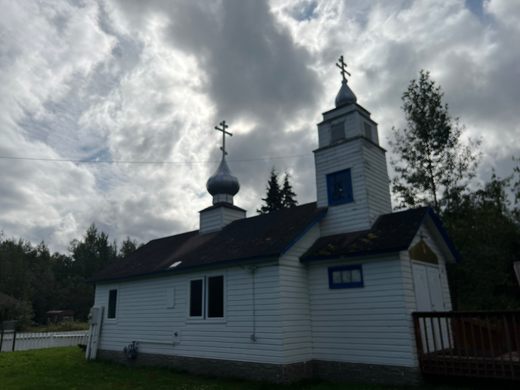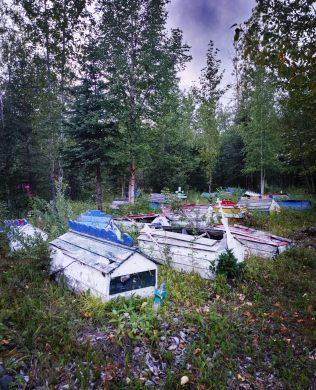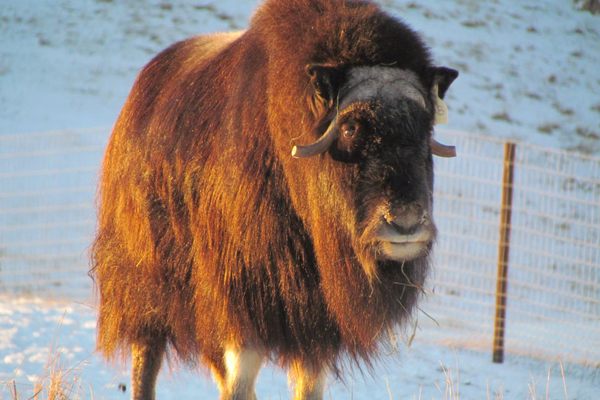Burial Spirit Houses
Colorful boxes placed over the dead are left to rot and crumble.
A combination of Russian Orthodox tradition and Native American practices, the graveyard outside of the St. Nicholas Orthodox Church in Eklutna, Alaska, is filled with more than 100 colorful burial sites. These fantastic spirit houses, each about the size of a large dollhouse, are considered a part of the Eklutna Historical Park.
Located at the head of the Knik Arm of Cook Inlet, Eklutna is at the mouth of the Eklutna River, about 25 miles outside of Anchorage, Alaska. The site of many Athabascan Indian villages about 800 years ago, Eklutna is, today, filled with people who are descendants of the Dena’ina tribe. Russian Orthodox missionaries arrived in the area around 1830 and the two communities slowly became one.
Dating back to about 1650, the village that surrounds the park is the area’s oldest continuously inhabited Dena’ina Athabascan Indian settlement. On its grounds are the still-active cemetery, the St. Nicholas and a second Orthodox church. Built in the 1830s by the Russian missionaries, the St. Nicholas church was reconstructed in 1970, but has been in use for more than 150 years.
“The upper bar represents the inscription over Christ’s head, ‘This is Jesus, King of the Jews,’ the long middle bar [is] for the arms outstretched, and the lower slanting bar represents his footrest,” reads an information sheet that is provided to new visitors to the park. “The slanted position is twofold: 1) it shows that not only was Christ fully God, but that he was fully human and felt pain and agony when he died, wrenching the bar by drawing one foot up and thrusting one foot down; 2) the spiritual [meaning] is that the thief on the right side of Christ confessed, so he went to heaven, and the thief on Christ’s left side did not confess, so he went to hell.”
Before the Russian Orthodox missionaries arrived, it was customary for Athabascans to cremate their dead. When customs started to blend and mix, they began burying their dead in the cemetery built up around the church. When a body is first buried, a blanket is placed over the grave to warm and comfort the soul as it transitions to the next work. Forty days later, the spirit box is placed over the blanket and family members paint it in colors that have represented their name for generations. But unlike in many cemeteries throughout the contiguous United States, the memorial is not kept up. In keeping with Athabascan tradition, which says that that which is taken from the Earth must be allowed to return, the spirit houses are left to decay and crumble over the years.
Know Before You Go
Take the Glenn Hwy. 26 miles to the Eklutna exit, then go left over the overpass.
































































Follow us on Twitter to get the latest on the world's hidden wonders.
Like us on Facebook to get the latest on the world's hidden wonders.
Follow us on Twitter Like us on Facebook